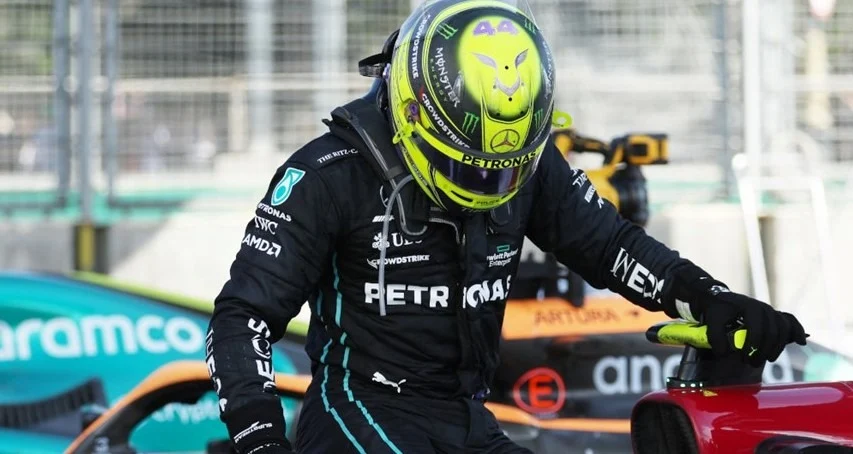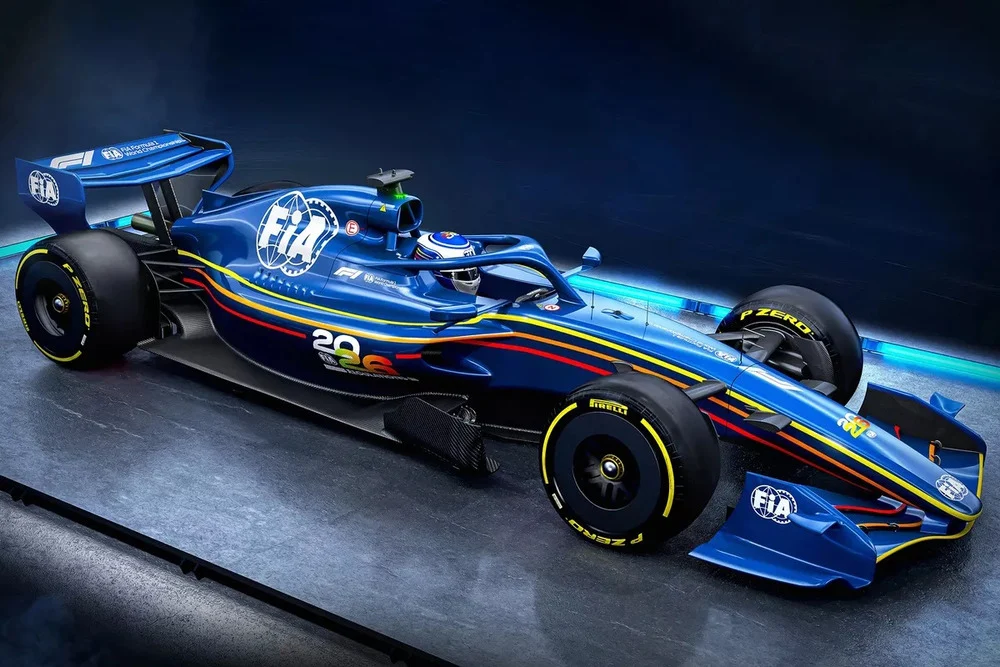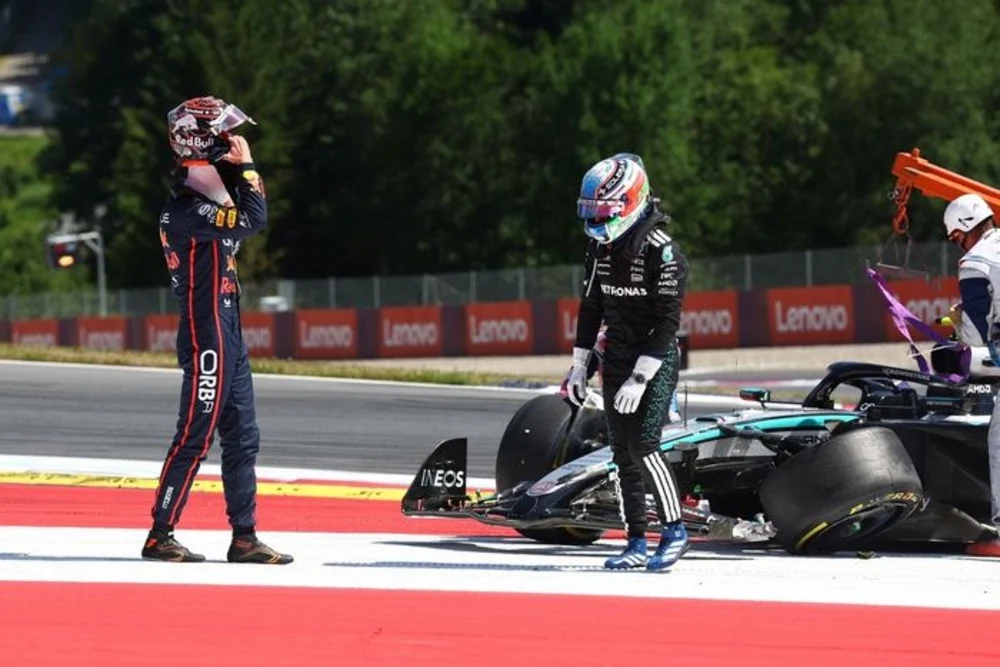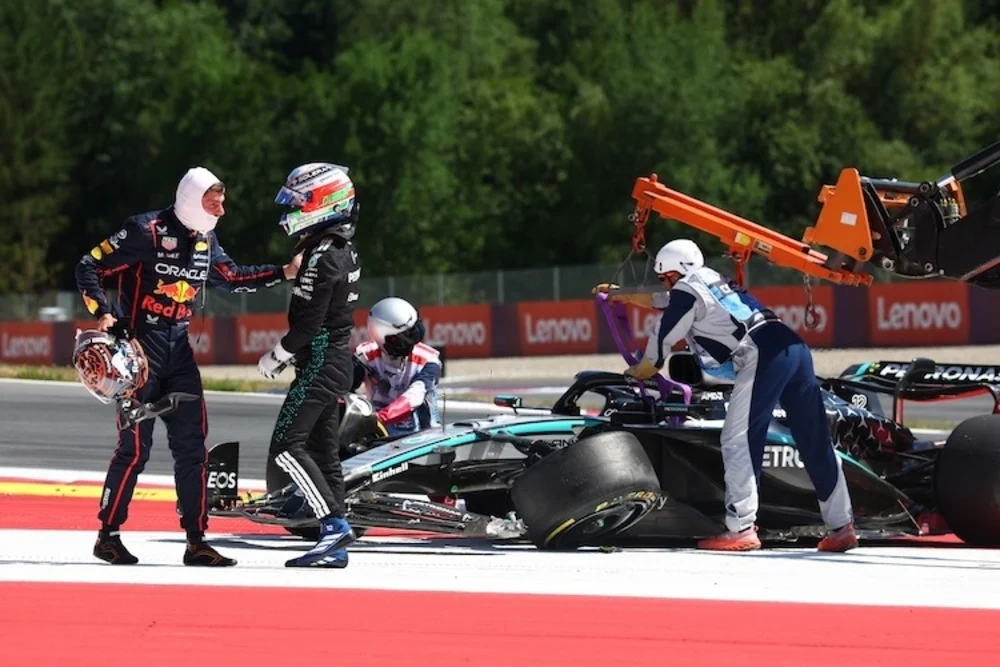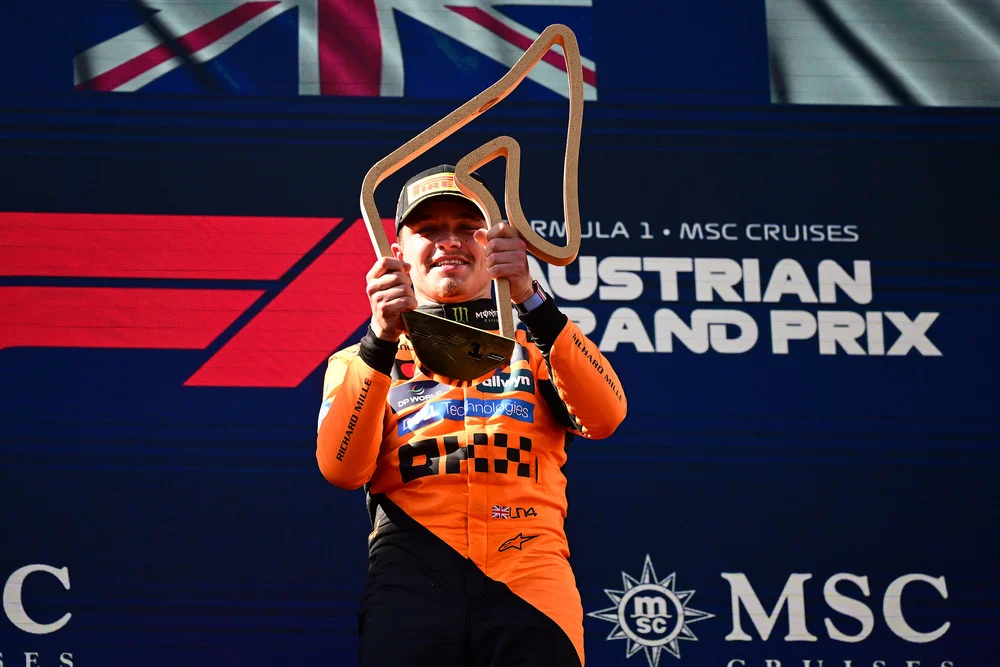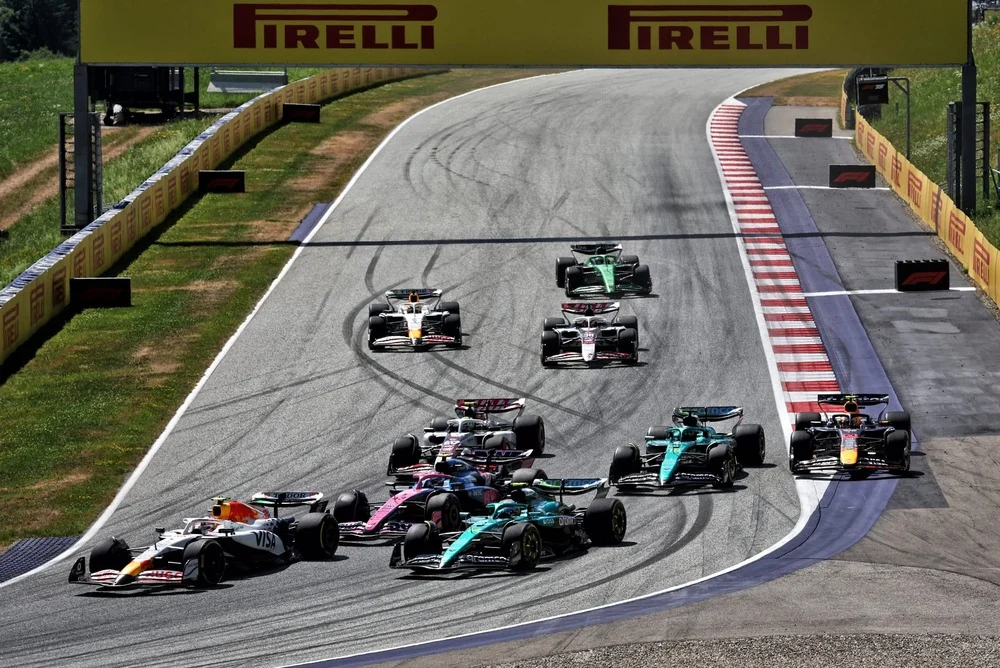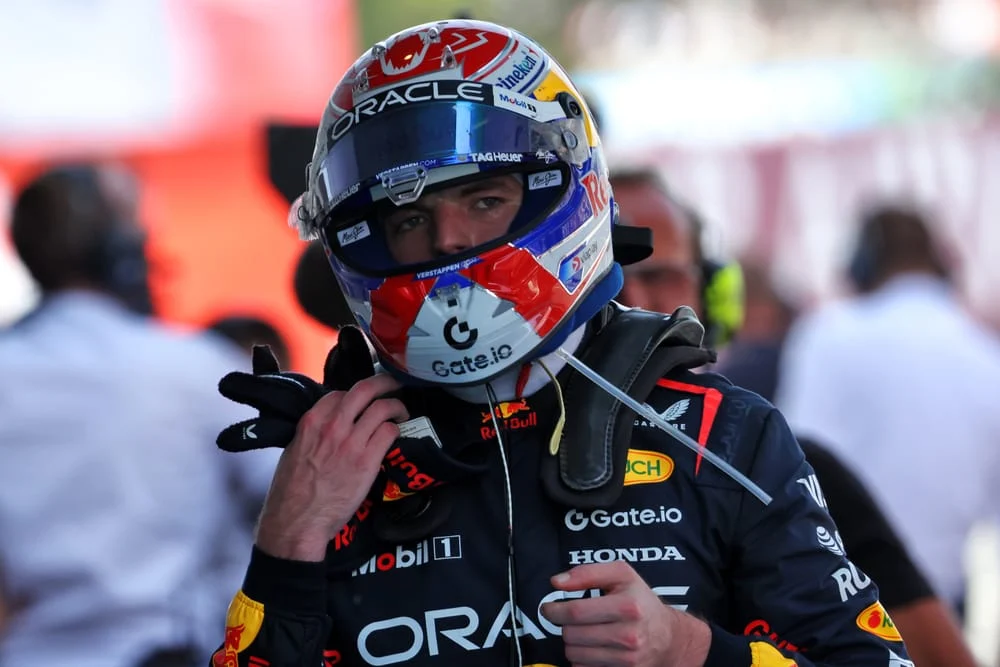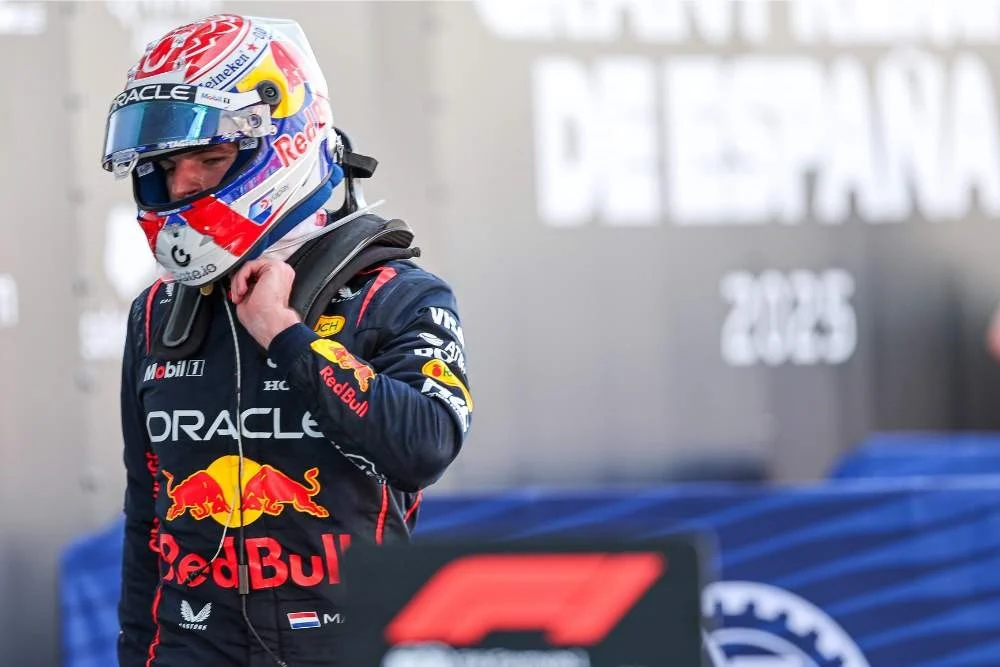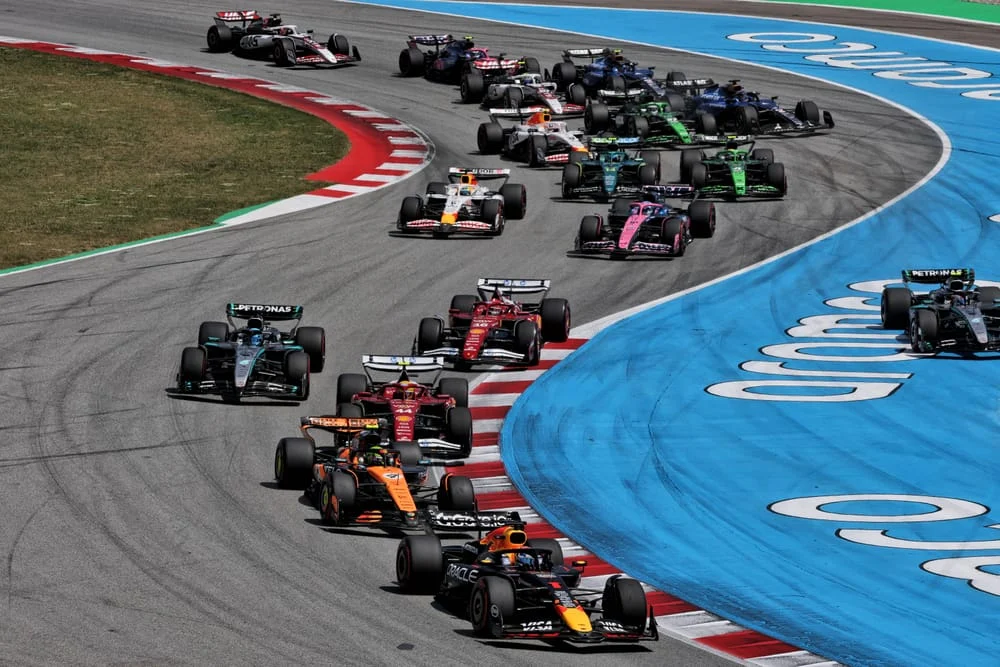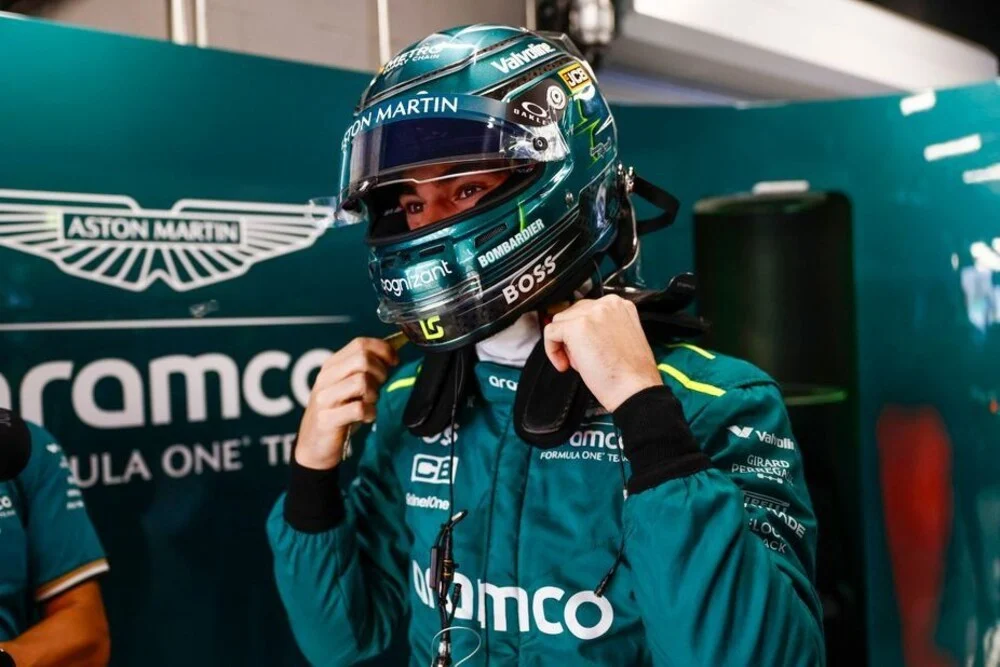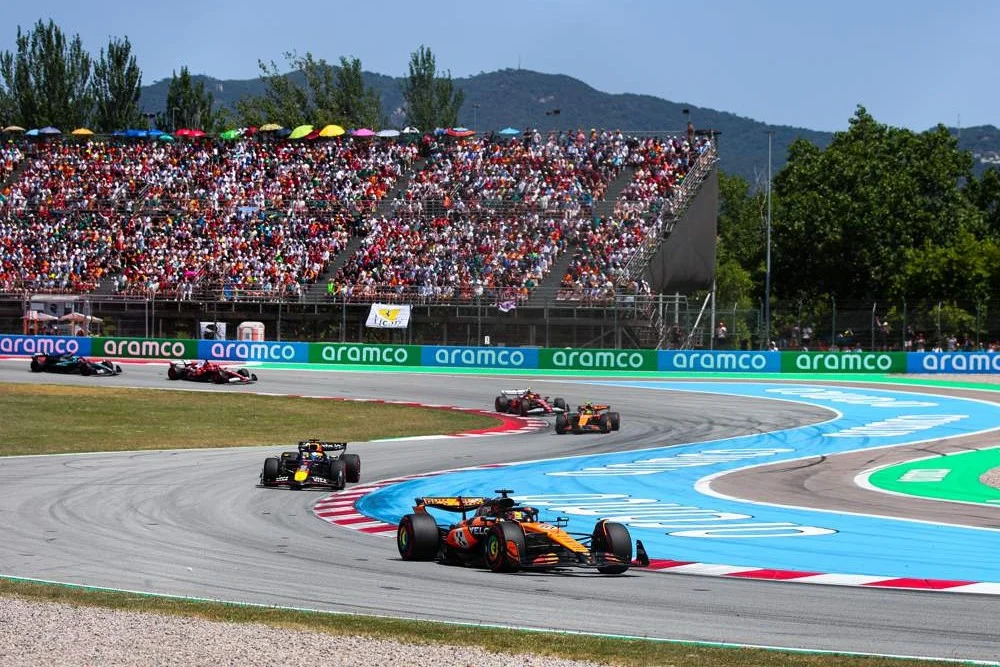Mercedes claims that the porpoising issue which has affected the Formula 1 grid in 2022, concealed a new problem that plagued the team at the Azerbaijan Grand Prix last weekend.
Porpoising, which is a big stumbling block for the Silver Arrows this season is largely considered to be the source of Lewis Hamilton’s back difficulties during the weekend.
The bouncing of the silver Mercedes cars at the Azerbaijan Grand Prix in Baku appeared to have picked up a notch, with the cars of both George Russell and seven-time world champion Lewis Hamilton aggressively bouncing on the city-center circuit’s high-speed straights.
Hamilton’s situation became so severe that he got on the radio to his team midway through the race and informed them that he might be about to crash.
“I nearly lost it in the high-speed several times… the battle with the car was intense,” Hamilton said after the Grand Prix.
Mercedes chief strategist James Vowles conceded that the team’s setup for the Baku race was excessively aggressive in a video debriefing following the race. The team’s porpoising issues were exacerbated by this set-up.
“On this occasion, though, we pushed the package and our drivers too far,” Vowles said. “We are putting them into significant discomfort and we simply can’t do that again.”
“Our drivers are not the only ones suffering, you’ll see in the media a number of comments from a number of drivers who are equally in discomfort and pain. And we have a responsibility now to make sure that this doesn’t carry on.”
However, James Vowles, claims the team has made tremendous progress in addressing that issue, but adds that Baku has introduced a new one: bouncing.
Vowles clarified the important distinctions between porpoising and bouncing, the latter of which is used at both Monaco and Baku.
“There is definitely a track-by-track element and it’s a function of how smooth the tarmac is and the layout of the circuit. I would say Baku certainly of the circuits we’ve had so far is on the worse end of it and conversely, Barcelona is probably on the better end of it.
“So, those two circuits definitely will highlight the strengths and weaknesses of the package. But it’s also worth putting a little bit of time into explaining porpoising, bouncing, bottoming – three words possibly being spoken a lot with a little bit of association of being the same thing but they are not quite.
“We definitely suffered porpoising in the earlier races and in Barcelona we didn’t and we’ve made a tremendous amount of effort on our package to make sure that we tried our best to resolve it and I am confident we’ve made a step,” Vowles explained.
“In Barcelona, the car was stable, robust and we could lower it and that’s the key, we managed to create a package where aerodynamically we were able to work with it a lot more, we could work with set up and we could drop the cars in terms of ride height producing performance.”
“Come now to Monaco and to Baku, what that unfortunately uncovered is a second issue that was being masked by the first.”
“I’m confident we’ve made a step forward in terms of porpoising but we very clearly have bouncing and to the outside, it looks almost identical, but there is a subtle difference between the two.”
Indeed, the bouncing was so unrelenting for Hamilton during Sunday’s race that the force it exerted on his back left him feeling numb and complained about a cold seat.
The sight of Hamilton climbing out of the car at the end of the race was startling. He was assisted out of the cockpit instead of jumping out like he usually did, he struggled to get out of his car as he hung on the halo which appeared to be more comfy than his F1 seat.
Despite Hamilton’s discomfort and anguish, Mercedes has confirmed that he will race in this weekend’s Canadian Grand Prix. The team will be hopeful that their car is more suited to the layout and that it can once again control the porpoising.

